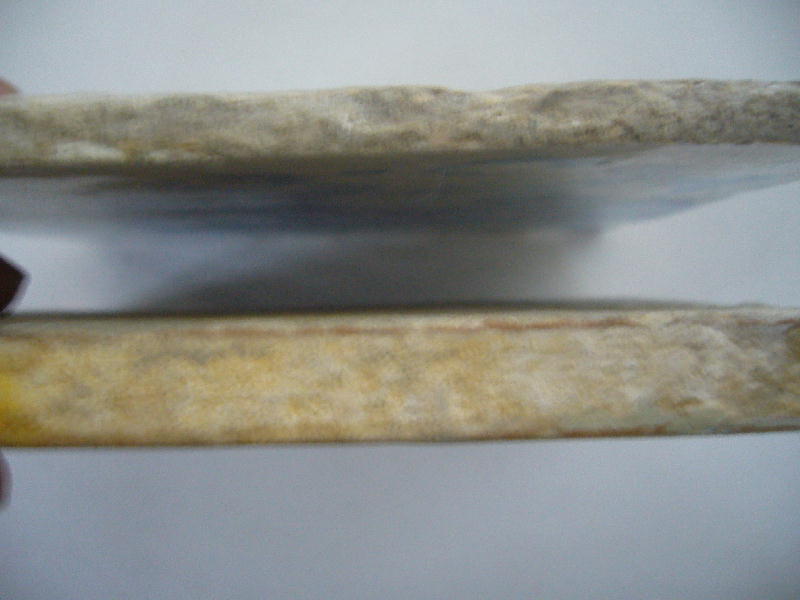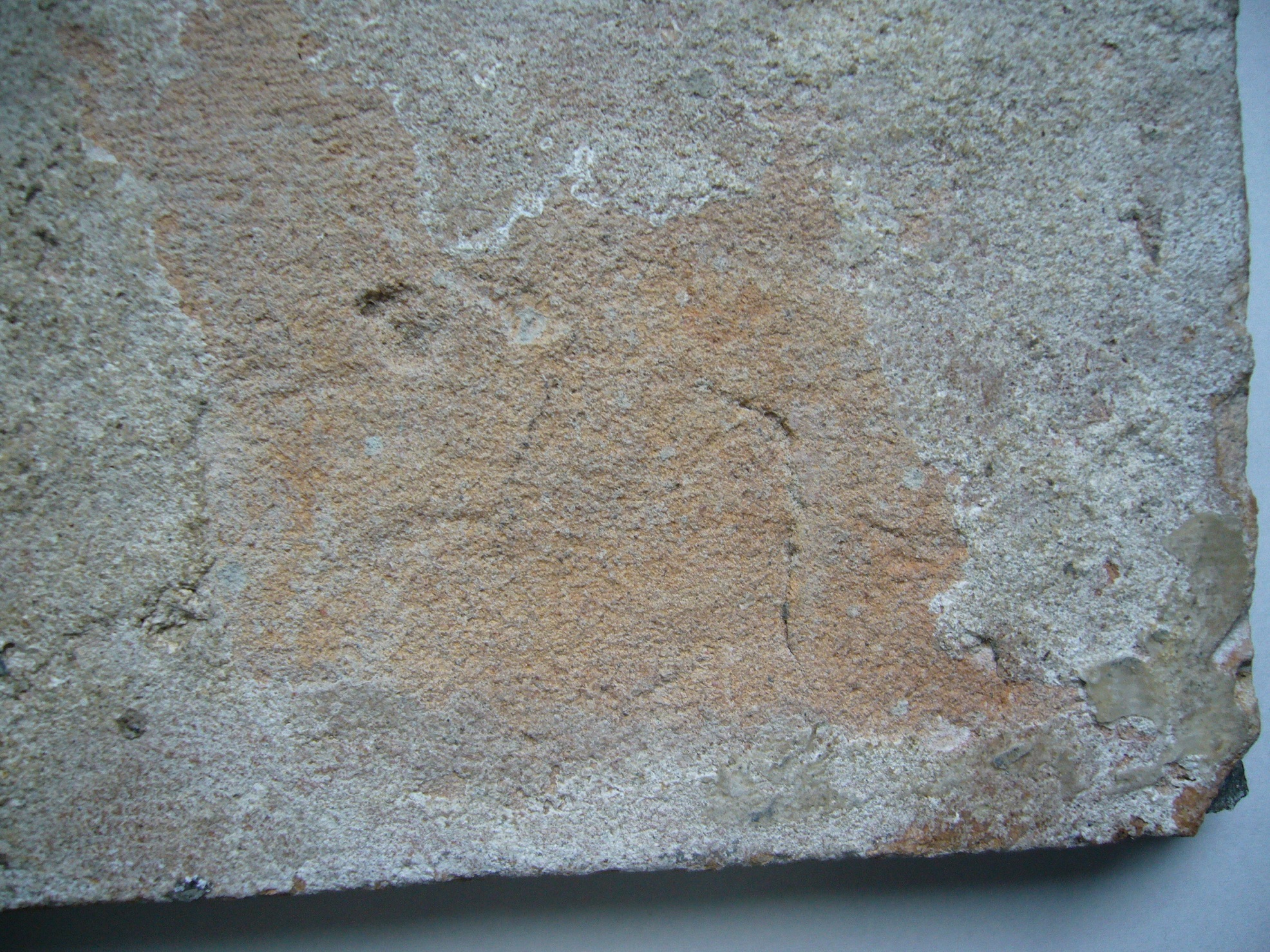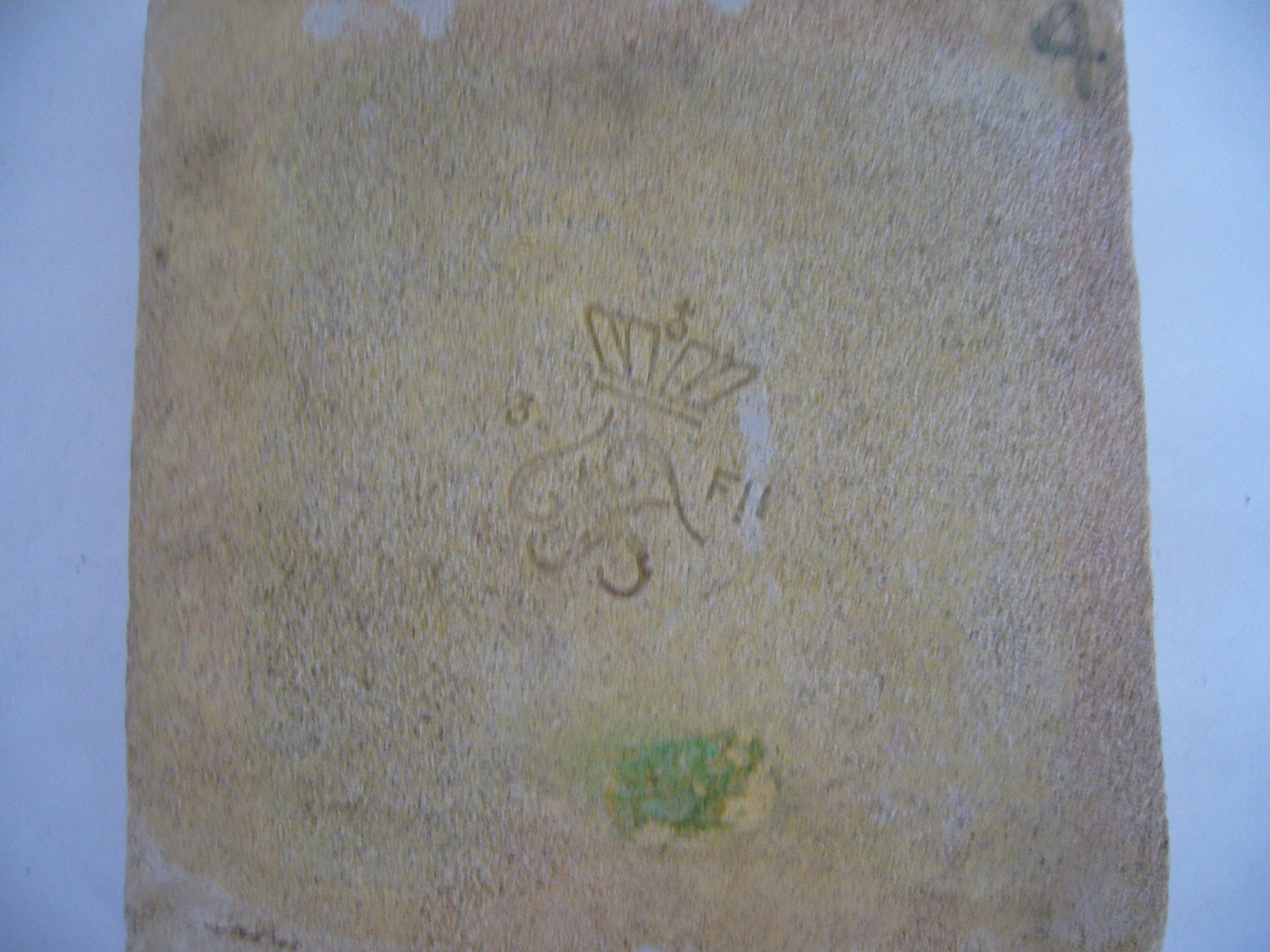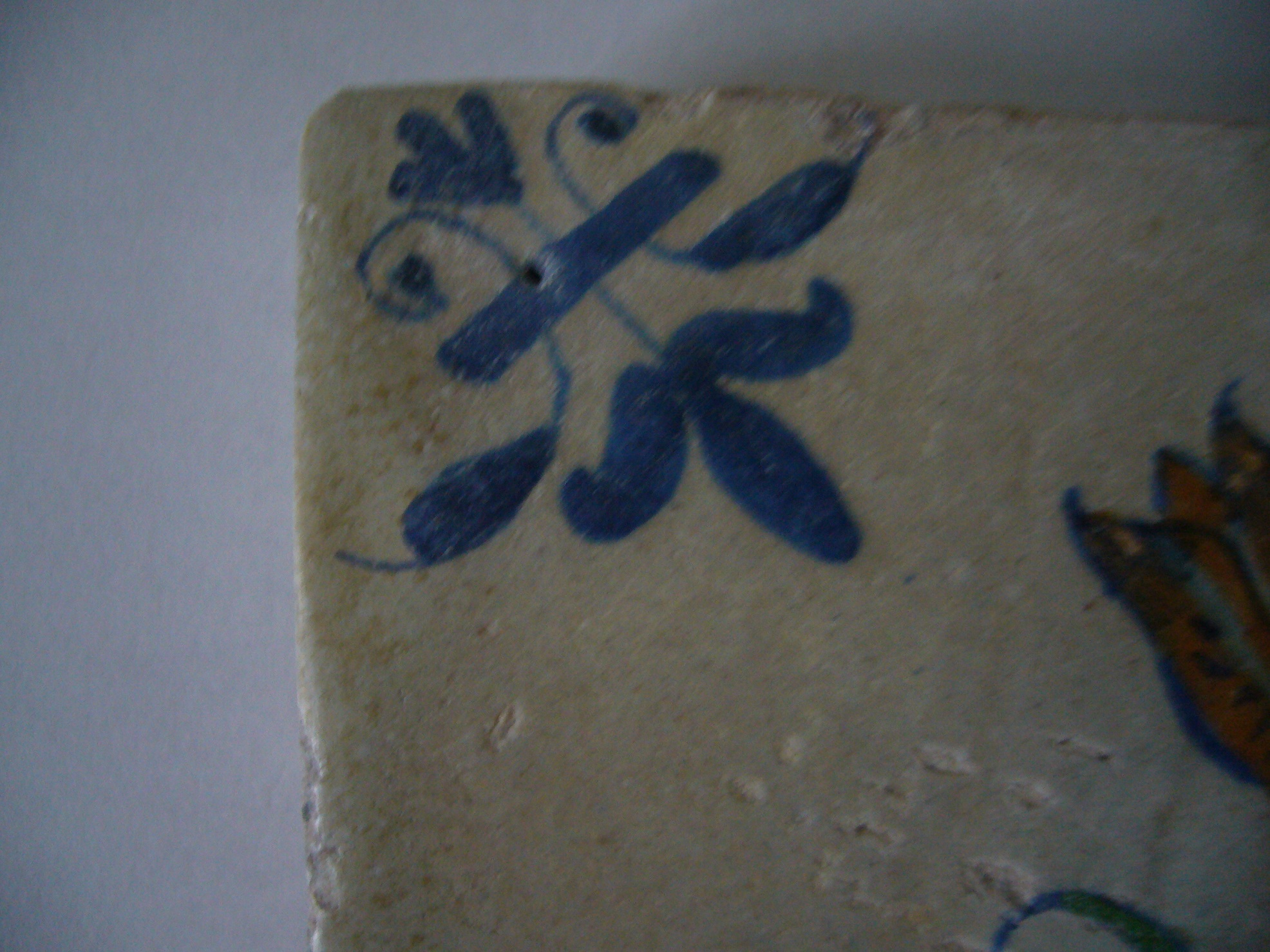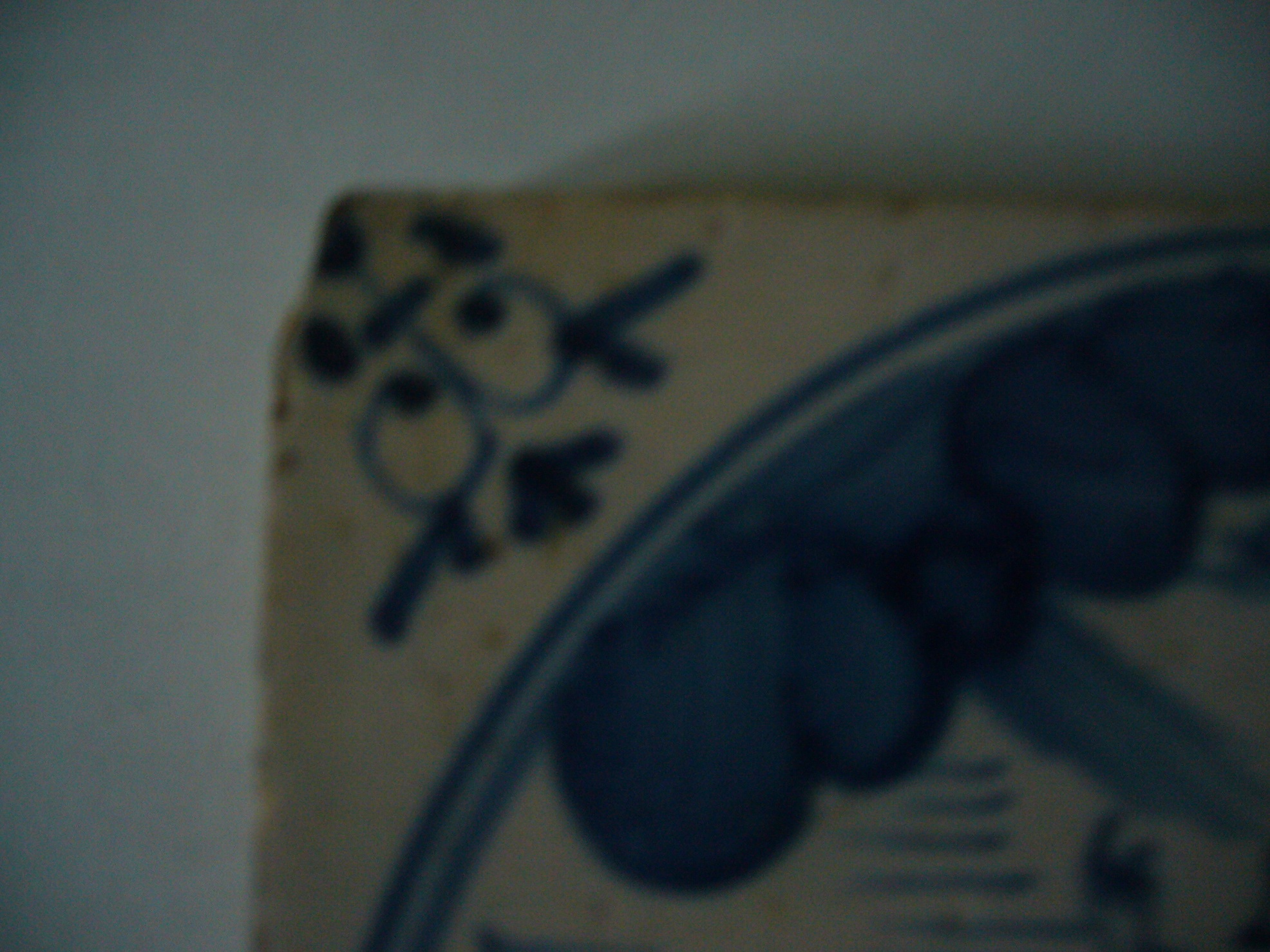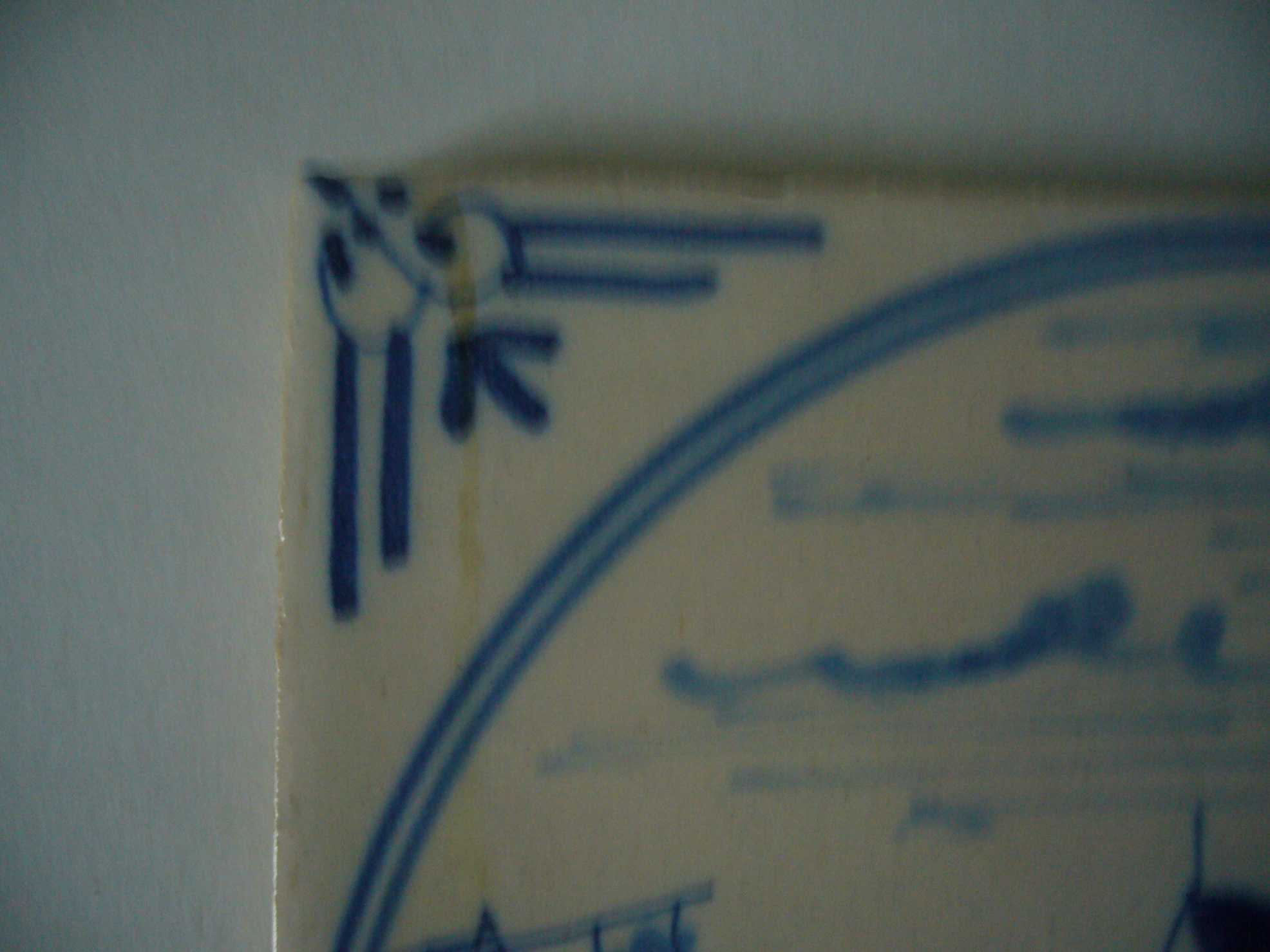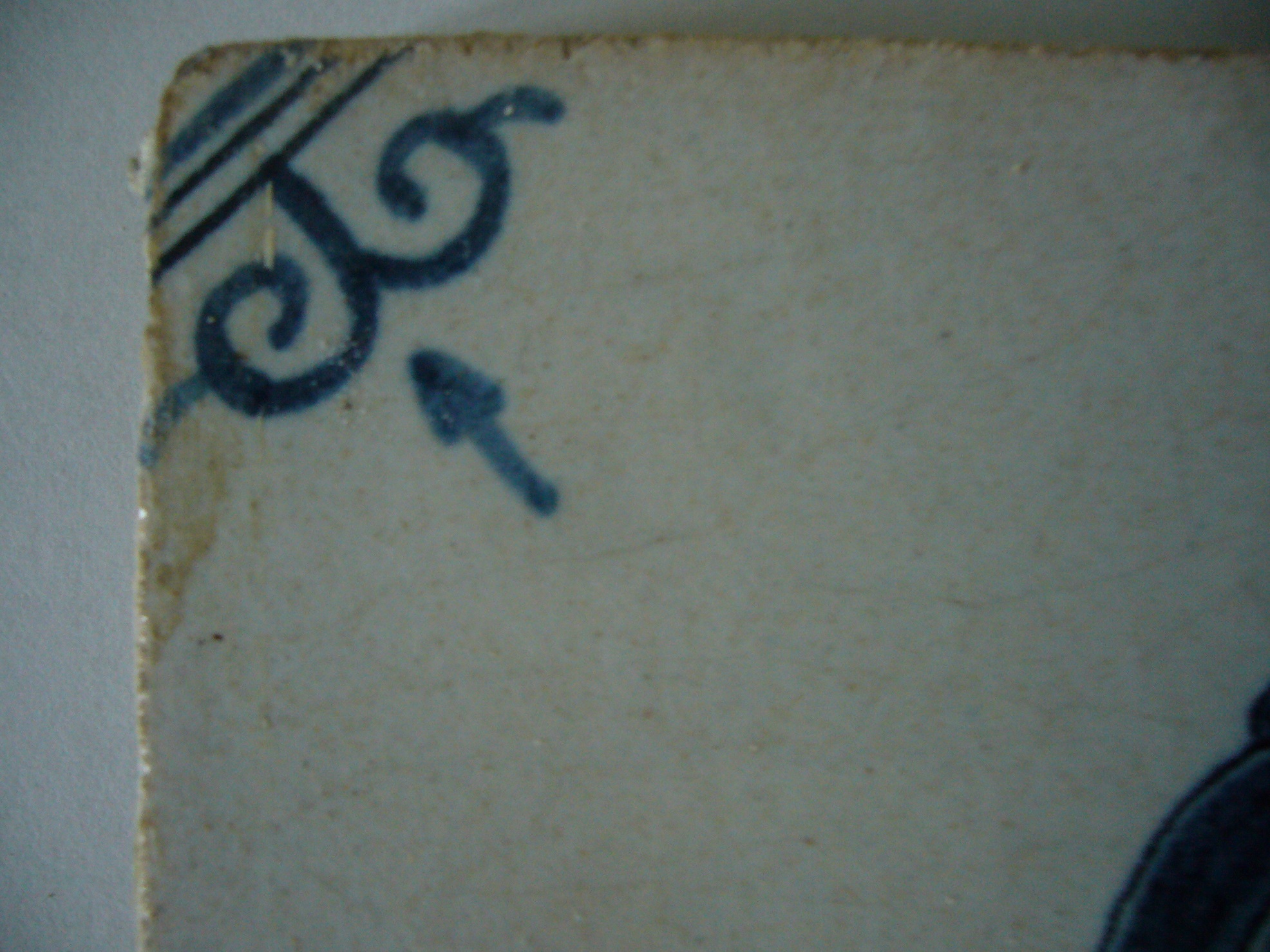Museum
In Japan tile collection is not so popular but in USA and Europ tile collection is popular. Certain fameous collectors donated their collection to museums. V&A Museum in UK, Philadelphia Museum of Art in USA, Tile Museum in Netherland are famous for their Delft Tile collection. In Japan Delft Tile is exhibited at Inax Tile Museum in Nagoya,
How to collect
At an antique show a dealer sells but not so often. Web-Auction like E-Bay is a good place to buy or sell. Also There are a few dealers who sell delft tiles on its web-site such as Iris, Kyoto、 REGTS ANTIQUE TILES、 Martyn Edgell Antiques Ltd. A price is varying up to manufacturing time, design, damages, polychrome or blue and white, glaze condition and so on. If it is old (16th century), rare design and less damage, it could be pretty expensive.
How to identify the production age
As the same design was kept to be depicted with Delft Tile, it is difficult to judge the production time from the design. As Delft Tile has been utilized as building material, the various manufacturing technologies were invented due to the request of reducing production cost. So you could guess the production age from looking at manufacturing methods left on tiles to some extent.
Impression from whole tile
As a tile that was made a few hundreds years ago and plastered on walls is removed from walls, its corner or border is damaged in many cases. If a corner or border is sharp, it might be new tile even if it looks old.
Size
Regular size of Delft Tile is 5 x 5 inches throughout times, although there are various sizes including 4 x 4 inches. After 1830, 6 x 6 inches tiles appeared.
Thickness
Ealy tiles were 0.6 to 0.7 inches thick and heavy. It was difficult to make thinner tiles because thinner tiles were easily cracked in a kiln.
As the times go on, tiles became thinner and during 1630 and 1640 the thickness became less than 0.5 inches and further 0.4 inches after 19th century.
Color of the back
A color of clay used for early tiles is red-brown. In mid 17th century a limestone was mixed into clay then it became possibe to make thinner tiles and color of the back was changed to thin-yellow or gray. Further in 19th century as a result of change of clay components to make tiles thinner, color of the back became more whity. Tiles made after 1900 were striped and in some cases manufacturer's sign was stamped.
Nail hole
When clays were shaped, a wooden frame was used and shaped clays were fixed by nails in cutting process. Therefore three to four nail holes were left on
a tile surface even after baking. After 17th century Nais used were reduced to two.
Color
Early tiles were polychrome but in mid 17th century tiles with blue and white color were increased influenced by the imported Chinese and Japanese porcelain which were popular but expensive. In second half of 18th century purple-brown color called manganese appeared. Many biblical tiles were colored managanese. Polychrome tiles were decreased dramatically after blue and white colored tiles were brought in markets, however polychrome tiles were rivived with the vivid color that was resulted from using lead graze by reflecting the favour of farmland people who became primary buyers of tiles.
Decor and Corner motief
Decor depicted and corner motief became simplified and smaller due to the requirement reducing production cost. For example, Ox-head corner mochief was simplified as follows.
If you click a phote, it will be enlarged.
